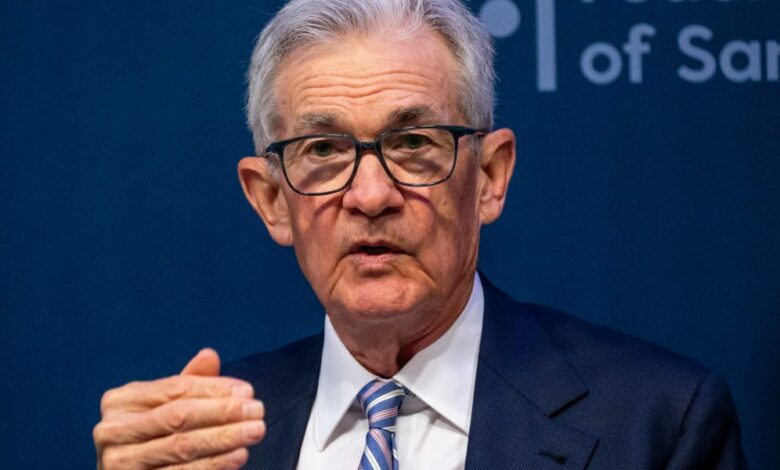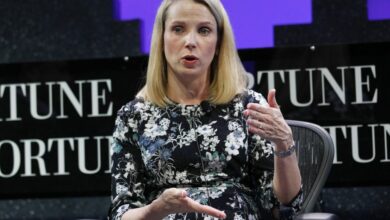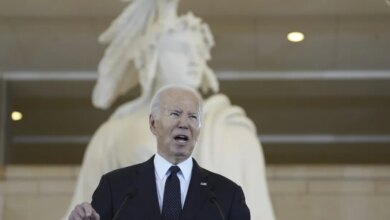‘Nobody is really prepared for’ stagflation, UBS exec


The U.S. economy might be out of the frying pan and into the fire. After months—even years—of planning for a recession, the country might find itself facing a different sort of calamity: stagflation.
A new report released yesterday by the Commerce Department showed GDP growth slowing sharply, while certain inflation metrics crept up, leaving Wall Street worried about where exactly the economy was headed. Spending so long trying to protect against an economic downturn, only to find themselves confronted with the possibility of stagflation has now thrown investors for a loop.
“I’m not worried about one data point, but nobody’s really prepared for that scenario, and that’s difficult to hedge,” UBS global wealth management investment head Mark Haefele told MarketWatch.
Most banks and economists forecasted the economy would grow 2.5% in the first quarter. Instead it grew just 1.6%. The same report showed that the personal consumption expenditures (PCE) price index, the Fed’s preferred measure for gauging inflation, accelerated to 3.4% in the first quarter from 1.8% in the fourth quarter.
The fact that these two metrics coincided made the latest data “the worst of both worlds.” The Fed wants inflation to come down to its 2% goal, which hasn’t happened yet. More worryingly though is inflation’s stubbornness and the difficulty in getting through the so-called last mile toward that mark. At the same time, inventors want to see strong GDP growth to bolster a stock market rally. At the moment it seems like neither of those is happening.
Stagflation still isn’t upon the U.S. economy just yet because the unemployment rate isn’t high at the moment, which is the third requirement. Currently unemployment remains below 4%, indicating a healthy job market.
Stagflation is a particularly difficult situation to handle because trying to fix one of the contributing factors can sometimes make the others worse. It’s also a big worry for investors because it leaves them with no reliable source of returns. During periods of low growth and high rates, the stock market suffers, while the bond market declines in periods of high inflation.
While Haefele is right to caution that a single disappointing report doesn’t mean stagflation will be a certainty, the market did get spooked. Yesterday the S&P 500, the Dow, and the Nasdaq Composite all fell. Some tech stocks also declined this week, as investors worried the potential for more inflation would mean higher rates, although some of those stocks have since recovered after the initial worries stabilized.
For his part, Haefele told MarketWatch that he expects inflation to slow enough in the second half of the year to free up the Fed for lower rates. And he wasn’t alone in offering some perspective. Treasury Secretary Janet Yellen said the economy was on solid footing despite the poor growth numbers. “The economy is clearly performing very well,” Yellen told Reuters on Thursday. “I certainly don’t see it as overheated. The labor market is the strongest labor market we’ve had in 50 years.”
Others on Wall Street also preferred to look at the silver lining in the situation despite the looming dangers. “Another positive GDP print adds another notch to the belt for the soft landing argument,” Glenmede vice president of investment strategy Mike Reynolds wrote in an analyst note.
Source link




